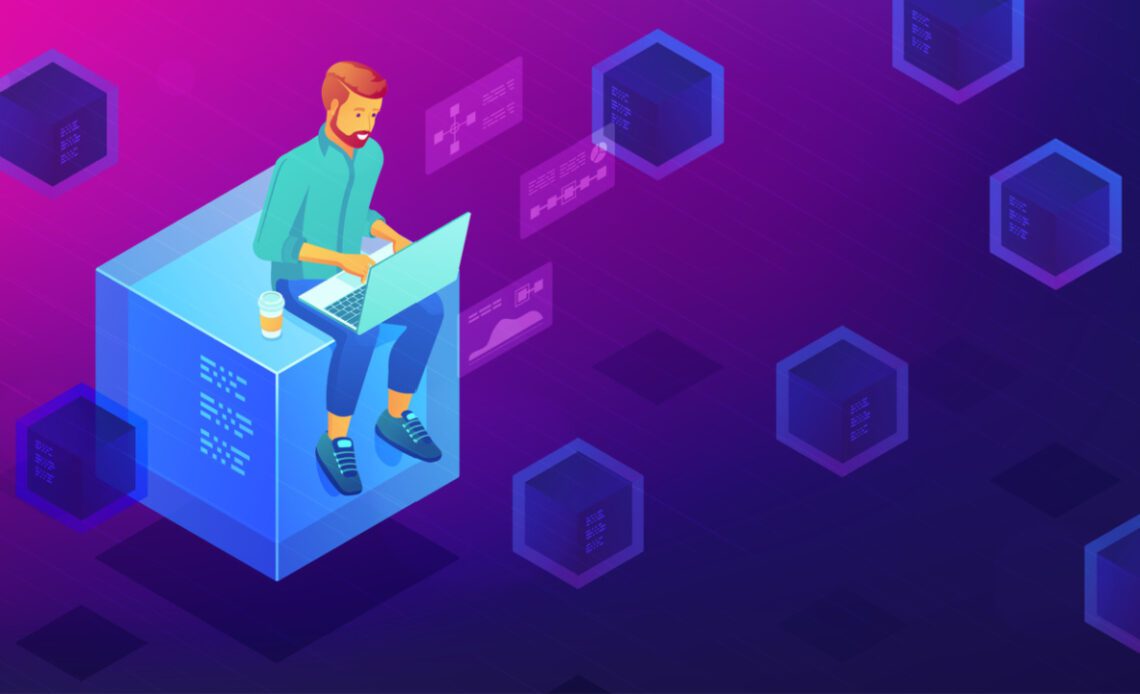As blockchain developers compete for traffic and resources for their respective dapps (decentralized applications), the downside to this, according to some in the industry, can be a poor user experience which in turn undermines the mass adoption cause. Therefore, unless current blockchains — both Layers 1 and 2 — can overcome niggling issues like high gas fees or poor network speed, it will be difficult to convince traditional organizations that they need the tech, according to Ankr’s Josh Neuroth.
Overcoming Blockchain Scalability Challenges
In cases where an attempt to improve a blockchain’s transaction throughput is made, history has shown that compromises that might affect the chain’s security may have to be made. Alternatively, developers can consider overcoming this problem, known as the blockchain trilemma, using sidechains or application-specific blockchains (Appchains).
As Josh Neuroth, head of product at the decentralized Web3 infrastructure platform Ankr explained, the widespread adoption of Appchains may be the spark needed to kickstart and ultimately onboard billions of new Web3 users. In addition, Neuroth also suggested that Appchains can be used as tools which help developers “overcome scalability challenges by working together with other scaling solutions like Layer 2.”
To learn more about Appchains and how they can potentially be a solution to the so-called blockchain trilemma challenge, Bitcoin.com News had a conversation with Neuroth. Below are Neuroth’s remarks.
Bitcoin.com News (BCN): What are application-specific blockchains and why do you think they are necessary?
Josh Neuroth (JN): App-specific blockchains (aka subnets, sidechains, or Appchains) are chains dedicated to serving only one decentralized application. They are subnets of ecosystems like the BNB Chain, Polygon, or Avalanche that support an added network of these “child chains.” Appchains give developers the best of security, scalability, and customizability without needing to build an entirely new layer-1 chain from scratch.
BCN: What distinguishes them from Layer 1 and Layer 2 chains?
JN: When building on an existing L1 or L2 blockchain, developers compete for traffic and resources with thousands of other projects. This can lead to a poor user experience with slow networks, high gas fees, and a lack of customization. Alternatively, Appchains dedicate all resources and infrastructure to support one app — leading to a much-improved UX.
BCN:…
Click Here to Read the Full Original Article at Bitcoin News…
























